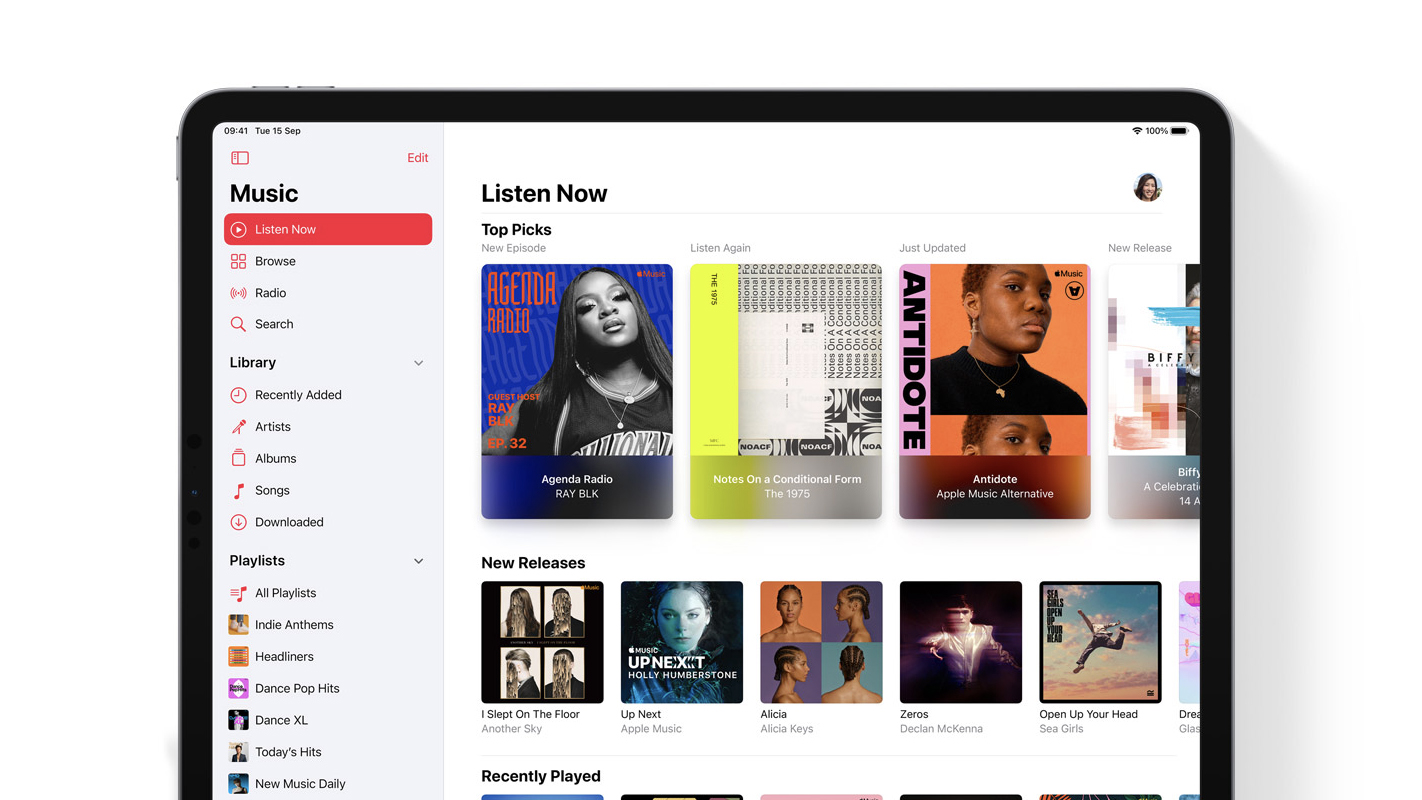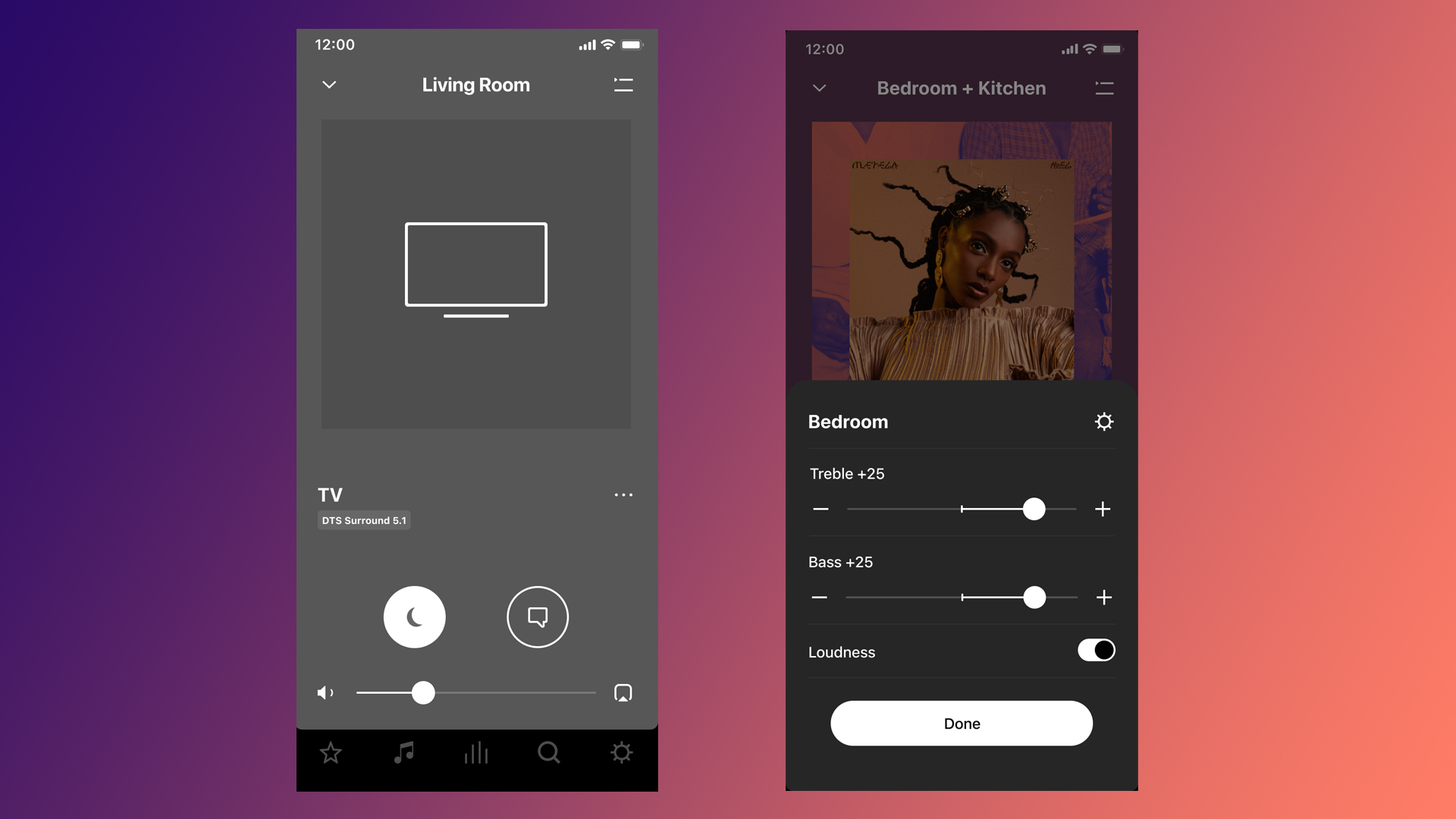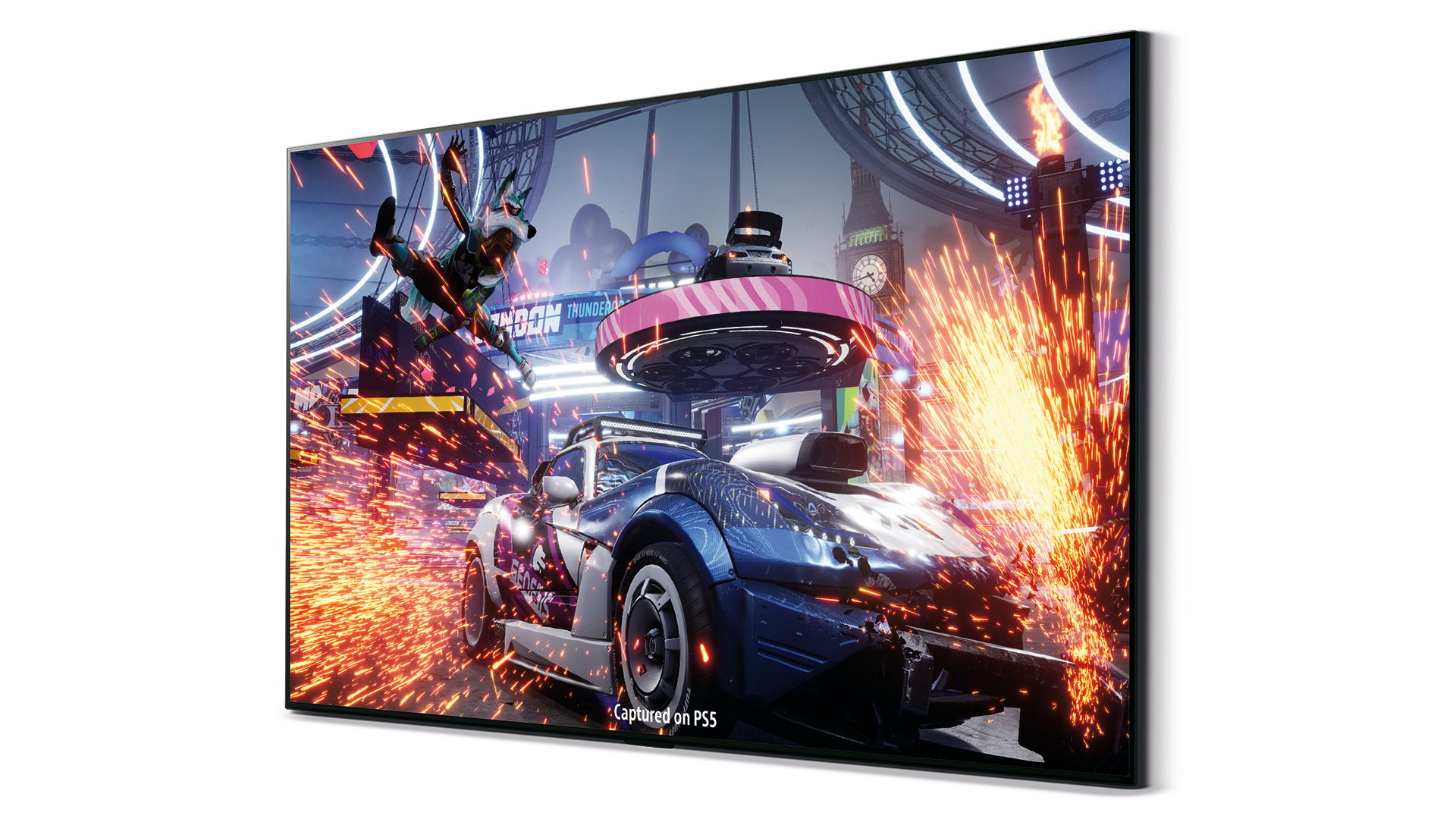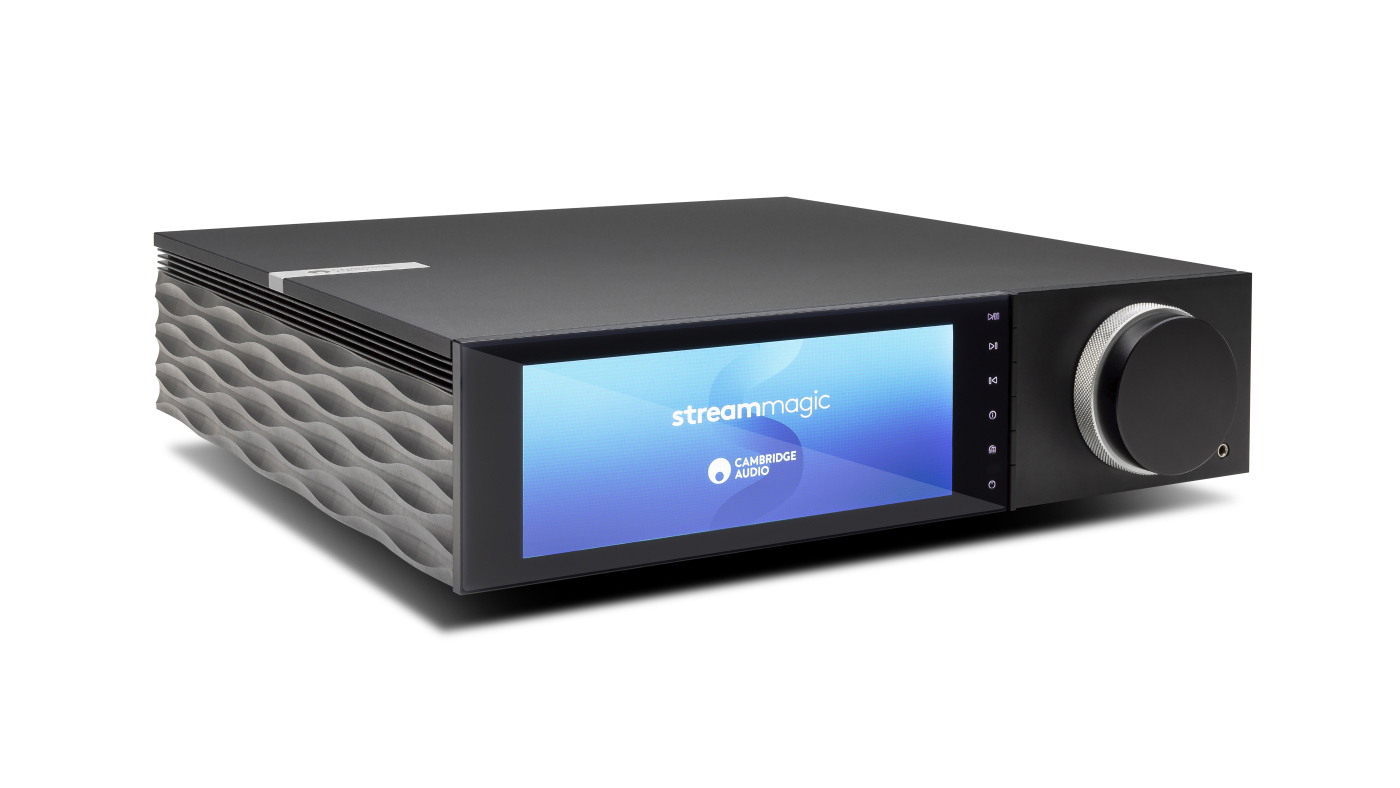Performance can make or break a hi-fi or AV product, but so can software
How much does the quality of software affect your buying decision?

The world of hi-fi used to be relatively simple a couple of decades ago.
For consumers and manufacturers, it was predominantly hardware driven. You bought an all-in-one system or kitted out a rack full of separates, fed them a CD, tape or record, and hit play. Your biggest problem was a scratched CD, a chewed-up cassette or the cat taking a swipe at your turntable’s tonearm.
When it came to hi-fi software, we didn’t really have much to worry about – CD control code and electronic switching on stereo amplifiers was about as demanding as it got, and even then you were unlikely to come face to face with anything that would seriously affect the user experience. It either worked or it didn’t; it either sounded good or it didn’t. But that’s no longer the case…
Forget content, software is now king

Now the situation is quite different. We’re fully immersed in the digital age and interact with smart, powerful products on a daily basis. Whether it’s a TV, smartphone, wireless speaker, music streamer or music streaming service, the user experience is less about the physical form and the mechanical bits and more about the actual software that’s driving it. These products are number-crunching at a ridiculous rate, carrying out millions of tasks per second in an attempt to deliver a satisfying user experience.
As our music (and video) consumption has moved from physical formats to digital files stored in the cloud and accessed through streaming services, products have become more software-driven and this has led to them becoming something of a moving target. Many modern pieces of hi-fi equipment even have their own app which further adds to the complicated nature of these products. The knock-on effect is that manufacturers have had to be quick to embrace this new world and the new demands placed upon them.
The fact that products can evolve through software updates and be tweaked almost on the fly is in some ways great news for us. New features and extra value can be added many months after a product first goes on sale. Products can gain extra functionality through new features or updates to control software, which can in turn enhance the user experience.
Software can only do so much

But that’s only as long as the chips that are powering these machines can handle it. Any major new features that require a hike in processing power might mean your product has reached the end of its life. You may get to a point where you’ll need to get rid of your old product in favour of the latest version – which, in itself, I don’t really have a problem with.
The latest hi-fi, home cinema and tech news, reviews, buying advice and deals, direct to your inbox.
In the same way you wouldn’t expect a ten-year-old laptop to cope with demands of modern applications and operating systems, you can’t expect manufacturers to support all their products with software until the end of time. At some point, the available technology will outgrow the product and at some point you’ll have to move on.
Which is why I could never understand the furore over Sonos announcing that it would stop supporting some of its older products way back in 2020. At some point technology, software and processing demands will see some products go past their use-by date. A chip-powered multi-room speaker isn’t the same as a 30-year-old turntable that you can just power up and place a record on. The vinyl format was set in stone whereas there’s always a chance something new and exciting like high-resolution audio, Dolby Atmos or spatial audio will turn up and require extra processing power, a different chipset, and a new generation of product.
Software can take the shine off

But let’s not pretend the reliance on software hasn’t introduced issues. Back in the day, products were given a thorough checking over before they were launched to market. Nothing was left to chance and on the whole the resulting products were robust, reliable and only needed to be replaced once they’d been used to within an inch of their life.
The more complex the product, the greater the demands on a manufacturer and its software division. And in my eyes it’s become increasingly tempting for manufacturers to release products that aren’t quite up to speed on the software front. I’ve lost count of the number of press releases I’ve seen with an asterisk that denotes an upcoming update will be required to access or enable certain features.
And it’s actually reached the point where I’d have to think long and hard about committing to buying a product at launch if I knew I’d have to wait a month or two for boxes to be ticked and features enabled. If initial reviews pointed to buggy apps and a disjointed user experience, this would also make me question my purchase, even if said product was a class-leader in all other regards.
At What Hi-Fi? we’ve certainly seen products come in for review where software niggles and quirks have taken a bit of the shine off products. When Bowers & Wilkins’ Formation range of wireless multi-room speakers first landed in our test rooms, we were big fans of the hardware, but found the control app a little limited. Now if you don’t need certain features or don’t think you’ll ever use them then that’s all well and good, but the premium you pay for a product should be reflected in the software as well as the hardware, in my eyes at least.

We’ve come across similar issues in the world of TVs. We’ve seen LG sets (in 2020) and those from Sony (in 2021) remove Freeview Play from their suite of software, which saw models launch without BBC iPlayer onboard. We’ve also seen Sony TVs launch without some features that some prospective buyers might consider vital, such as VRR (Variable Refresh Rate) and ALLM (Auto Low Latency Mode). And this is where manufacturers are playing a dangerous game with consumers.
We’re being asked to commit to buying a product based on the belief that a manufacturer sticks to its word. And if for whatever reason a software update never materialises, that can do a lot of damage to reputations in the long-term. The trust will take a while to build back up. Personally, I try to wait until the second or third generation of a product comes out because issues get a chance to be ironed out and manufacturers will have hopefully learned from earlier lessons.
I’ve experienced software frustration myself. For my sins, having grown tired of Spotify and its lower-than-CD quality streams (where is Spotify HiFi?), and before Apple Music decided to go lossless, I decided to make the switch to Amazon Music Unlimited (or, more specifically, Amazon Music HD). And my relationship with Amazon Music’s had its ups and downs ever since.
I’ve no qualms about the general quality of the music on the service and there’s a great selection to choose from, but the user experience, in particular, the mobile app and the way it managed my music was a source of frustration. Thankfully, there appears to be a spot of light at the end of the software tunnel following some recent updates. It’s still not perfect, but it is progress so I’m willing to stick with it for a little longer. The situation is also helped by the cost involved and the fact you don’t need to pay a premium for CD-quality and above.
So where do we go from here?

But if a multi-billion dollar corporation like Amazon can struggle with software, where does this leave everyone else? One way to try and relieve some of the pressure is to team up with a company that's already established in the field.
Take Cyrus Audio’s recent announcement that some of its future products would be compatible with the BluOS multi-room ecosystem. This kind of move makes a lot of sense as, presumably, it would cost Cyrus a lot of money to create its own multi-room solution from scratch. Once the streaming module is taken care of, you can build around it.
Obviously, investing in your own software is great if you can afford to do it and you employ the right people. And a number of hi-fi manufacturers seem to have got it right in this regard. Naim, Linn and Cambridge Audio have all made great strides on the software front. A decade ago, Cambridge Audio had a team of four software engineers and now that figure has trebled. The company is also now onto its fourth generation of Stream Magic module and has just sold its 100,000th Stream Magic-equipped unit.
The emergence of new tech and features in the hi-fi and AV spheres will keep everyone on their toes. And, as products get more complicated, technology and features more demanding, and chipsets more powerful, software is only going to become of even greater importance.
Will it ever reach a point where the quality of software becomes more important than picture and sound quality? I believe not, but it’s more important than ever before. And the better the execution, the better the user experience, the happier the customer. How about you? Have you been put off buying or keeping a product because of poor software? Let us know in the comments below.
MORE:
Any HDMI connection can now be labelled as HDMI 2.1, and that's not okay
The problem with Dolby Atmos music is its inconsistency
Portable hi-fi has progressed so much, I'd choose it over a traditional system
The more boxes the better: why the path to sonic heaven is lined with components, clutter and cables
Andy is Deputy Editor of What Hi-Fi? and a consumer electronics journalist with nearly 20 years of experience writing news, reviews and features. Over the years he's also contributed to a number of other outlets, including The Sunday Times, the BBC, Stuff, and BA High Life Magazine. Premium wireless earbuds are his passion but he's also keen on car tech and in-car audio systems and can often be found cruising the countryside testing the latest set-ups. In his spare time Andy is a keen golfer and gamer.

